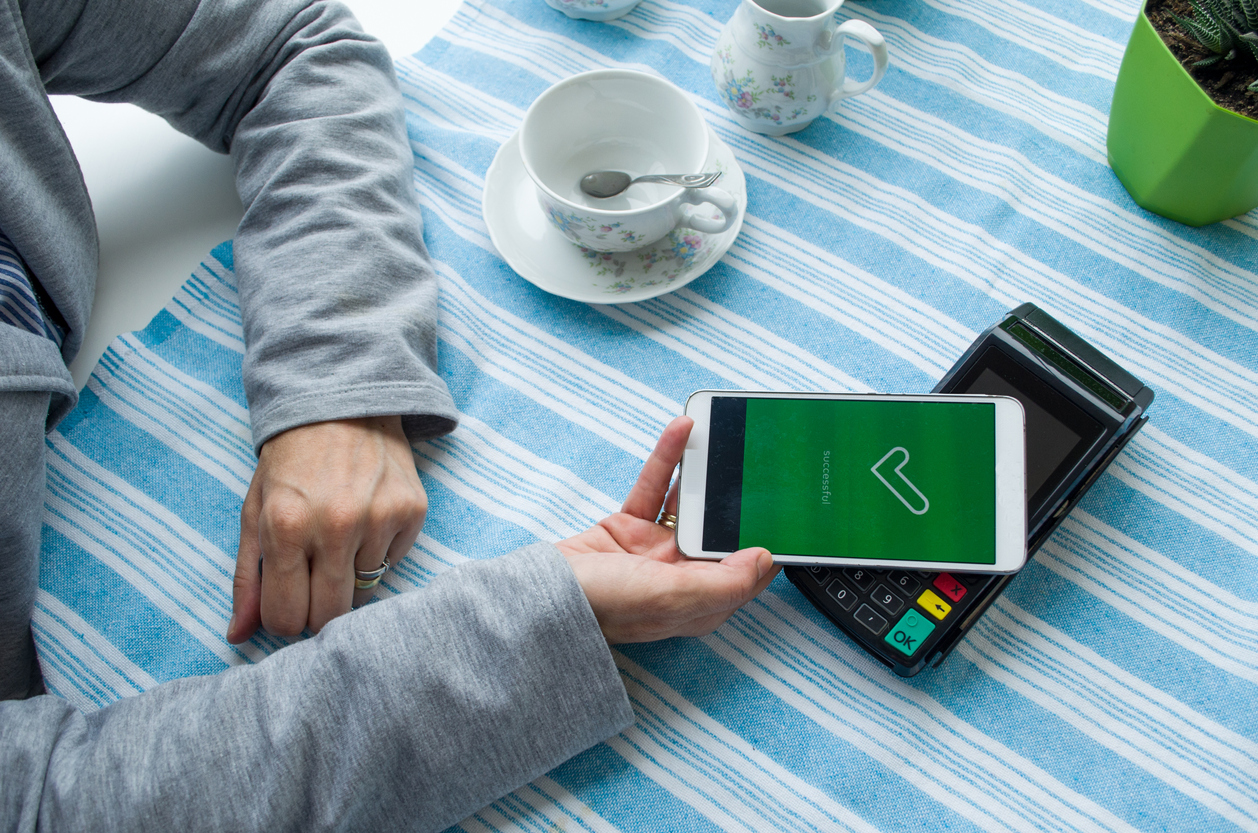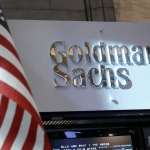The way humans store cash has changed over time. But from coin purses to leather wallets, we have always found ways to store money safely on our person. The newest wallet can be found on a small, rectangular device owned by many people – also known as the smartphone.
Ketan Parekh, Managing Director for Financial and Insurance Services at Fujitsu UK, comments on the emerging trends of the payments marketplace.
Digital wallets were already on the rise, but COVID-19 has accelerated this transformation. Consumers have been encouraged to limit contact by purchasing digitally, leading to changes such as an increase in the contactless spending limit.
And as digital and contactless payments become normalised, the move away from physical payments will happen seamlessly. It’s estimated that about a quarter of UK citizens will make at least one payment via a smartphone in 2023 – a figure that is only set to rise as time goes on. The UK may just be taking baby steps towards a digital-first future in banking.
A more streamlined payments service
People are more digitally savvy than ever. Therefore, slick payment experiences are not viewed as a luxury but are expected. And the speed and convenience that a digital wallet provides has always been an attractive proposition.
In fact, our research found that while security concerns were a key reason for consumers not adopting digital banking services, nearly a third (29%) of British consumers said they prioritise speed over security when it comes to completing transactions or transfers. Therefore, it is important that digital wallets are developed with security front-of-mind.
And many modern digital wallets already do provide good security. Biometric payment verification, used on most smartphone devices, is a much more secure way of paying than contactless on a credit or debit card.
While biometric credit cards are being developed by some banks, smartphone digital wallets provide ready-made fingerprint and facial recognition technology, which limits the risk of fraud and theft.
[ymal]
Who’s leading this change?
Organisations need to take note of the shift in consumer attitudes towards digital wallets if they want to be at the forefront of the transition – especially as there’s an increasing opaqueness in who is providing the payment services with many digital wallets. Take ApplePay: as a consumer you may see your bank’s name on the screen, but the Apple phone is, in fact, making the payment.
This allows these companies to benefit from the underlying customer data they receive, giving them a chance to control the payments marketplace.
Indeed, the rise in digital wallets has led to new, non-traditional players entering the finance industry. Apple has created its own credit card, while Facebook is still looking into developing a cryptocurrency and digital wallet on the platform – just two examples of how tech giants have entered the market.
Traditional banks should remain aware of this new competition. They command consumer trust – with over a third (36%) trusting them entirely but that does not make them invincible and new challengers will continue to emerge. And while new players don’t yet control the payments marketplace, there is certainly the potential for them to take the lead.
The market is about to become more convoluted than ever. And as wallets move increasingly digital, consumers may begin to go with the service that provides them with the best digital experience, over those they trust the most.
A digital-first future
Before COVID-19, banking was already transitioning from traditional payments to a digital-first means of spending. The pandemic has only accelerated that shift. And as consumers get more comfortable with spending via digital wallets, banks will need to consider how they are supporting the technology if they are to deliver the experiences that customers are demanding.













